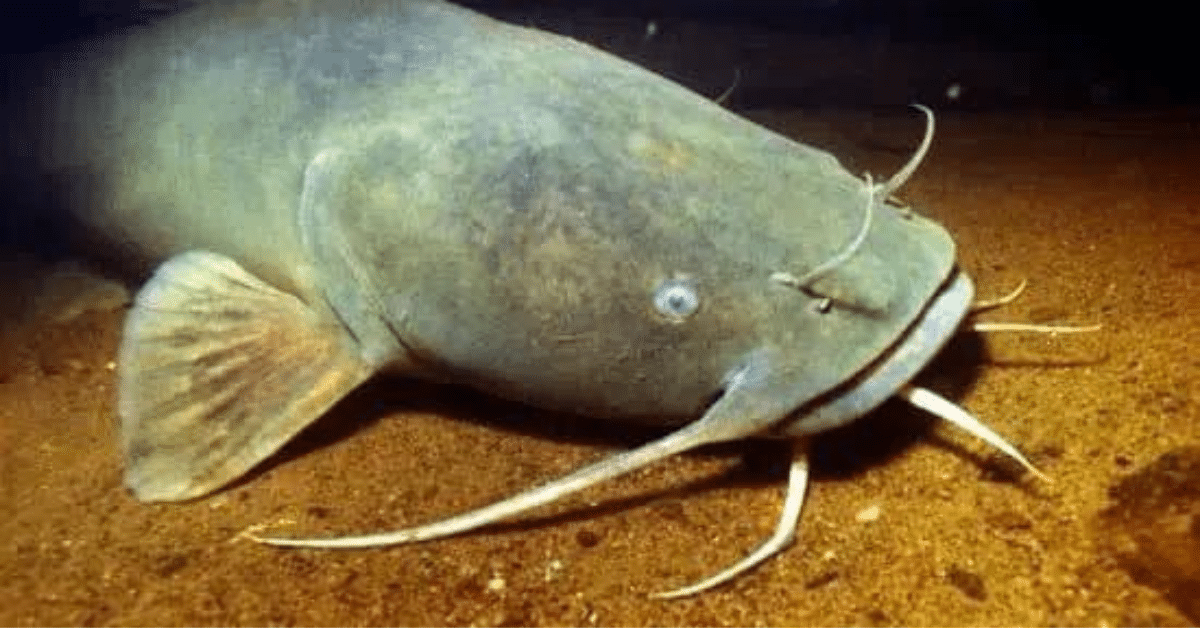
Dams and Culverts: Maintaining Aquatic Habitat Connectivity
Aquatic habitat connectivity refers to the seamless linkages between different aquatic environments, such as rivers, lakes, and oceans, that allow for the movement of organisms. This connectivity is crucial for the health and sustainability of aquatic ecosystems. It enables fish and other aquatic species to access essential habitats for spawning, feeding, and shelter, promoting biodiversity and resilience against environmental disturbances.
The disruption of aquatic habitat connectivity can have severe consequences. Human activities like dam construction, pollution, and urban development often fragment these habitats, creating barriers that impede the natural flow of water and organisms. For instance, dams can block the migration routes of fish species such as salmon, which rely on traveling upstream to spawn. Similarly, pollution can degrade water quality, affecting the survival and reproduction of aquatic life. These disruptions can lead to declines in species populations, loss of biodiversity, and weakened ecosystem services that humans rely on, such as clean water and fisheries.
Jessica Roberts, our Habitat Connectivity Director says, “Over 50% of culverts assessed in Virginia block aquatic organism passage and are unprepared for increased flooding, posing significant risks to wildlife and communities.”
Efforts to restore and maintain aquatic habitat connectivity are gaining momentum globally, and here in Virginia. Strategies include the removal or modification of dams to create fish passages, riparian zone restoration to improve water quality, and the implementation of sustainable land-use practices to reduce pollution. Conservationists also advocate for the protection of key migratory corridors and the establishment of aquatic reserves. By preserving and enhancing these natural linkages, we can support the vitality of aquatic ecosystems, ensuring they continue to thrive and provide invaluable benefits to both wildlife and human communities.
You can check out American Rivers or Friends of Rappahannock, both organizations that do dam removal work.